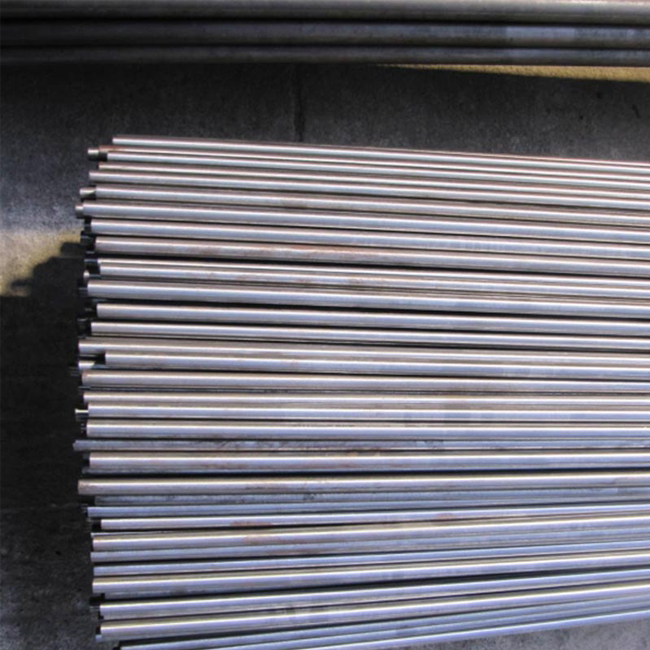Tel.: +86 714 3703 589 E-mail: [email protected]
Tool steels are high-quality steels made from controlled chemical composition and are processed to produce properties useful for machining and forming other materials. Tool steels can contain as little as 0.1% to more than 1.6% carbon and are alloyed with many alloying elements, such as chromium, molybdenum and vanadium.
Tool steels are used in applications such as blanking and forming, plastic moulding, die casting, extrusion and forging. Alloy design, steel manufacturing processes and high-quality heat treatment are key factors in developing high-quality tools and parts.
Benefiting from durability, strength, corrosion resistance and high-temperature stability, there are many other applications besides tooling. For this reason, tool steels are more attractive for use as some strategic components in some industries than other structural and engineering steels.
More advanced materials can easily reduce maintenance costs, make parts lighter, have higher precision and higher reliability. High alloyed types of tool steels are used in plastic molding, stamping and forming, die casting, extrusion, forging, wood industry, recycling industry and parts business.

Tool steels are usually delivered under soft annealed conditions; this makes the material easy to machine with cutting tools and it provides a microstructure suitable for hardening. The soft annealed microstructure consists of a soft matrix of embedded carbides.
In carbon steels, these carbides are iron-carbon compounds, while in alloy steels, depending on the composition of the steel, they are carbides of chromium (Cr), tungsten (W), molybdenum (Mo) or vanadium (V). Carbides are compounds of carbon and alloying elements and have a very high hardness. Higher carbide content means higher wear resistance.
Non-carbide forming alloying elements are also used in tool steels, such as cobalt (Co) and nickel (Ni), which are dissolved in the matrix. Cobalt is typically used to improve the red hardness in HSS, while nickel is used to improve hardening properties and also to increase toughness under hardened conditions.
Hardening and Tempering. When hardening tools, many factors influence the results. On the theoretical side. Under soft annealing conditions, most carbide forming alloying elements combine with the carbon in the carbide. When the steel is heated to hardening temperature, the matrix changes from ferrite to austenite. This means that the iron atoms change their position in the atomic lattice and create a new lattice with different crystallinity.
Carbon and alloying elements have a higher solubility limit in austenite, and carbides will dissolve into the matrix to some extent. In this way, the matrix acquires the alloying content of the carbide-forming elements so that they provide the hardening effect without contributing to grain growth.
If the steel is quenched quickly enough during the hardening process, the carbon atoms do not have time to reposition themselves to allow the ferrite to transform from austenite, for example in annealing. Instead, they are held in place so that there is really not enough room for them to be accommodated, resulting in higher micro stresses that drive increased hardness.
Very high resistance to softening at elevated temperatures.
Very high resistance to wear.
Good toughness and cutting capability.
Deep hardening response.
Knives, thread cutting and twist drills, broaching and milling tools, woodworking tools, cold working tools, sendzimir rolls.
If you want to get more information about high speed tool steel price, please contact us.